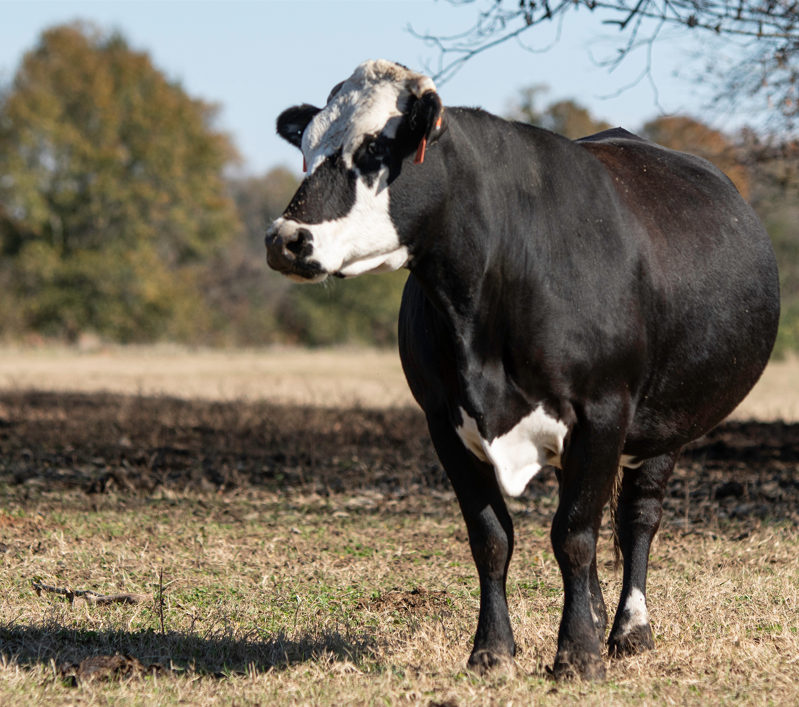Management
-

Lucas Gonçalves and Pedro Fontes Embryo transfer success depends on selecting the right recipients. New research indicates that color Doppler ultrasound can help embryologists assess CL function and select recipients that are more likely to become pregnant to embryo transfer.
-

Lawton Stewart, Ph.D. Are your cattle getting enough Vitamin A this winter? With the decrease in Vitamin A in conserved forages like hay, it’s essential to assess Vitamin A supplementation needs before deficiencies impact performance. Read this article for practical insights and solutions.
-

Lisa Baxter, Ph.D. As the weather in the state gradually starts to change, it is important to have a game plan when it comes to forage management this fall. Click below to access Dr. Lisa Baxter’s article that includes a fall forage management checklist.
-

Lisa Baxter, Ph.D. Most tall fescue stands found in Georgia have a fungus that lives in the plant and can be transmitted in the seed. This endophyte has some benefits including pest resistance, drought tolerance, and persistence under grazing. However, the wild- or native-type endophyte (E+) produces toxins called ergot-alkaloids that can cause cattle to…
-

Pedro Fontes, Ph.D. – There have been considerable improvements in sexed semen products over the years and producers have been taking advantage of this technology. This short article provides answers to some of the most frequently asked questions regarding the use of sexed semen in beef cattle.
-

Pedro L. P. Fontes, Vitor R. G. Mercadante, and Reinaldo F. Cooke – Maximizing fertility during the breeding season can have a significant impact in the profitability of both commercial and seedstock herds. As the breeding season approaches for spring breeding herds, this article will discuss the use of fat supplements and their impacts on…
-

Dr. Lawton Stewart -As we start 2024, many beef cattle producers are about to start the calving season. Across the state, forage availability is variable. Some places have seen severe drought in late summer/early fall, causing producers to feed more hay and deplete their winter hay supply. In this article, Dr. Stewart will discuss some…
-

Shane Hernandez, Ph.D. and Lawton Stewart Ph.D. -Internal parasites, or worms, are a common problem impacting cattle that graze on pastures. When infected, animals may display visible symptoms such as emaciation, diarrhea, and rough hair coat. However, sub-clinical issues may also occur which may impact animal performance such as a decrease in milk yield, weight…
-

Brent Credille, DVM, PhD, DACVIM -Producer-level surveys of cow-calf operations across the country have shown that a minority of herds adopt management practices that promote herd efficiency and profitability. The easiest way to improve herd profitability is to focus on optimizing herd efficiency. The goal of this article is to provide producers with management practices…
-

Pedro Fontes, Ph.D. -Like other assisted reproductive technologies utilized in the beef industry, the main goal of embryo transfer programs is to maximize the genetic merit of the herd. There are two main approaches utilized in the beef industry to produce embryos: (1) In vivo and (2) in vitro embryo production. In this article, Dr.…
